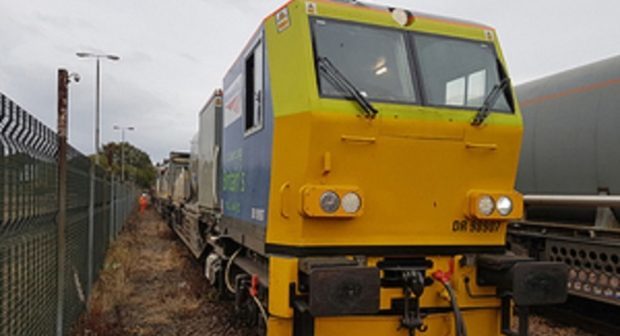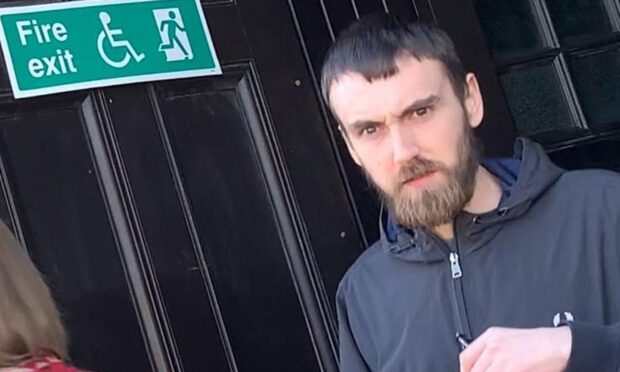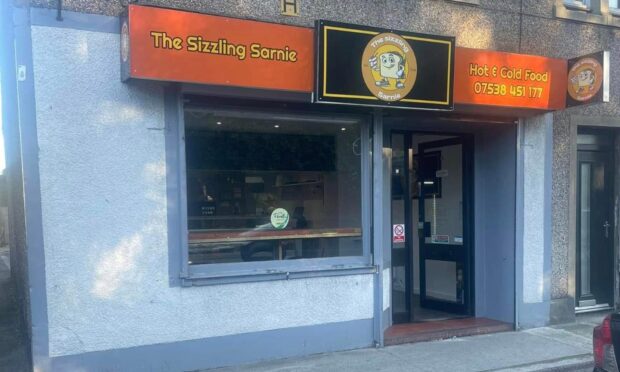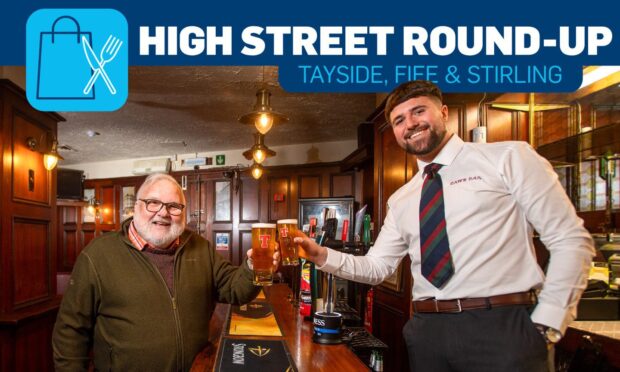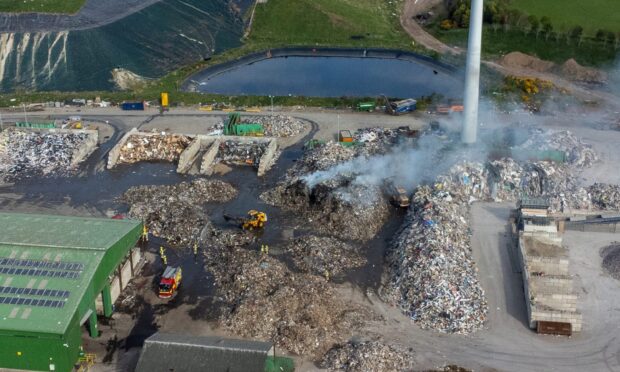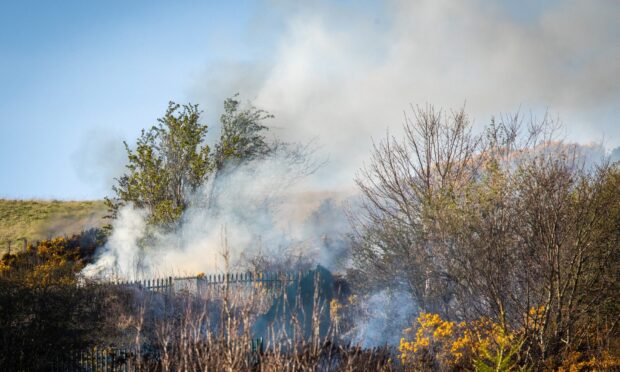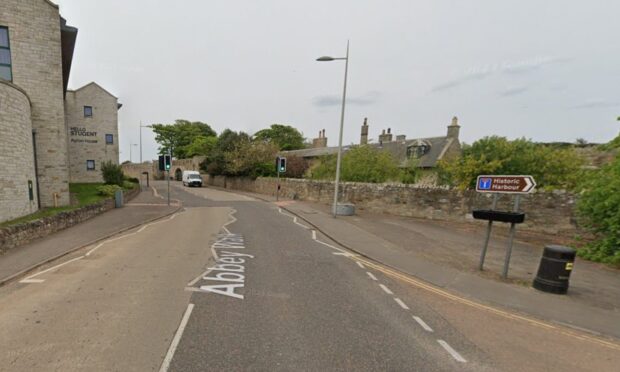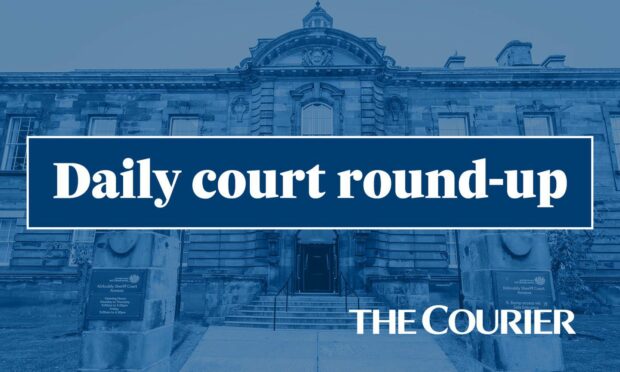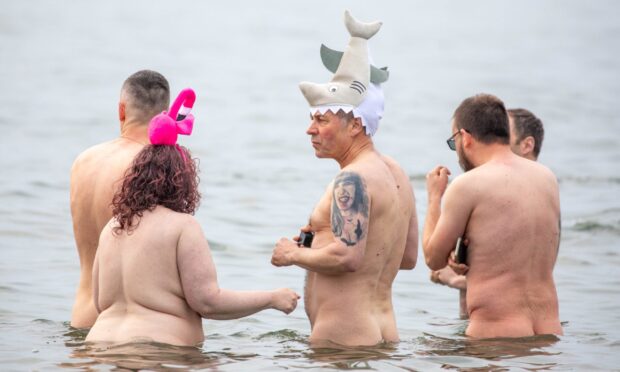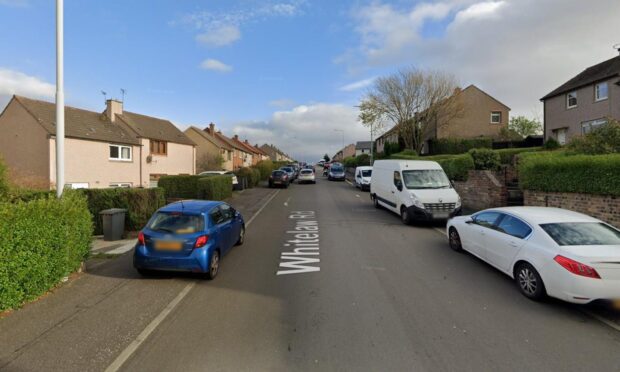Two crew members were injured when they leapt from a runaway train in Fife, it has been revealed.
The maintenance train rolled backwards for four miles after it struck a fallen tree on the line north of Markinch on October 17.
The train had been water-jetting leaves from the rails prior to the accident.
The incident at the tail end of Storm Ophelia resulted in rail chaos for travellers throughout the day as a series of trains across the east coast were cancelled or delayed.
Details have just been released by the UK Government’s Rail Accident Investigation Branch (RAIB), which has now launched an investigation.
An initial report said the collision occurred at 4.25am and added: “A maintenance train ran away for a distance of about four miles from a location north of Markinch station in Fife.
“The train had struck a tree that had fallen across the track. The resulting damage to the underside of the train had caused the brakes to be irreversibly released.”
It said the driver had seen the tree shortly before impact and had applied the emergency brake.
The train had been travelling at 40mph before the collision.
The report said: “The train continued to slow following the collision due to the uphill gradient.
“It came to a rest but then started to roll backwards.
“Having made an emergency call on the train radio, the two train crew jumped from the train on to the trackside and suffered minor injuries.”
The train eventually came to a stop on a low point near Thornton North Junction, having oscillated up and down the track several times.
The RAIB’s investigation will determine the sequence of events that led to the runaway.
It will also consider the design of the train’s braking system, the actions of the train crew and the proximity of other trains on the affected route.
The findings, including any recommendations to improve safety, will be published once the investigation is complete.
